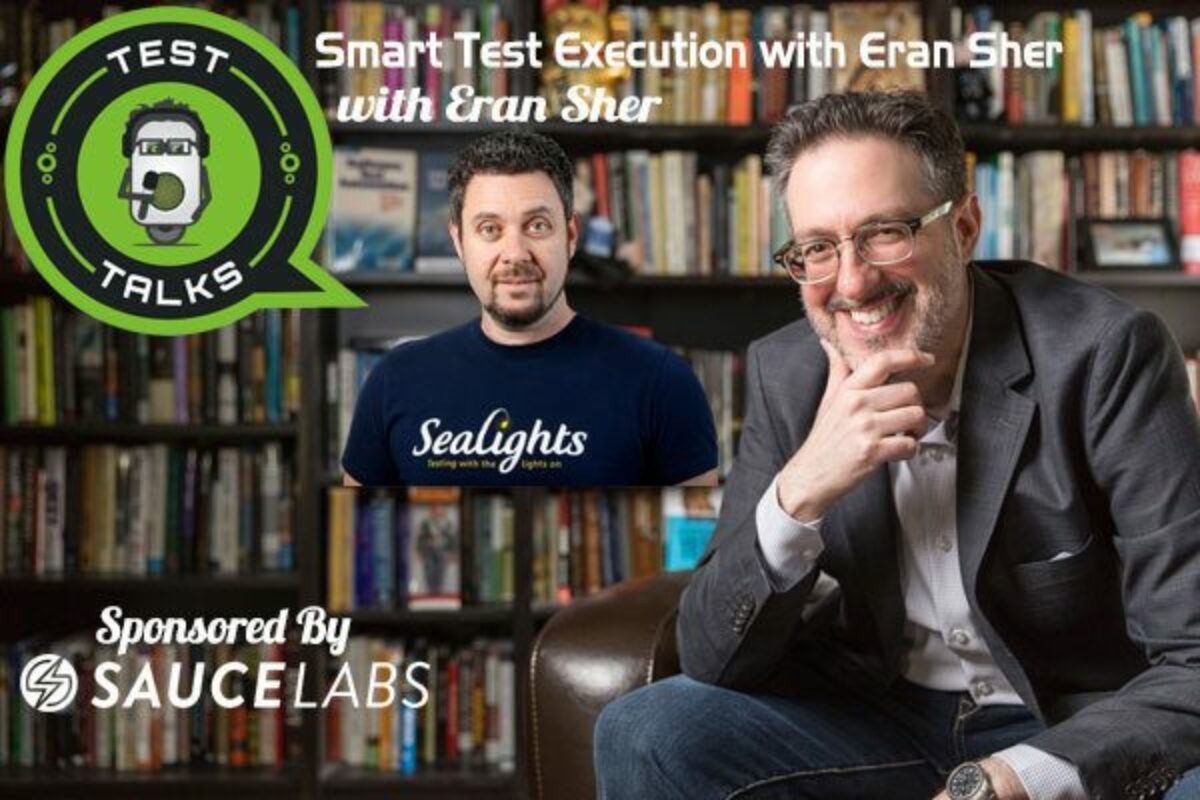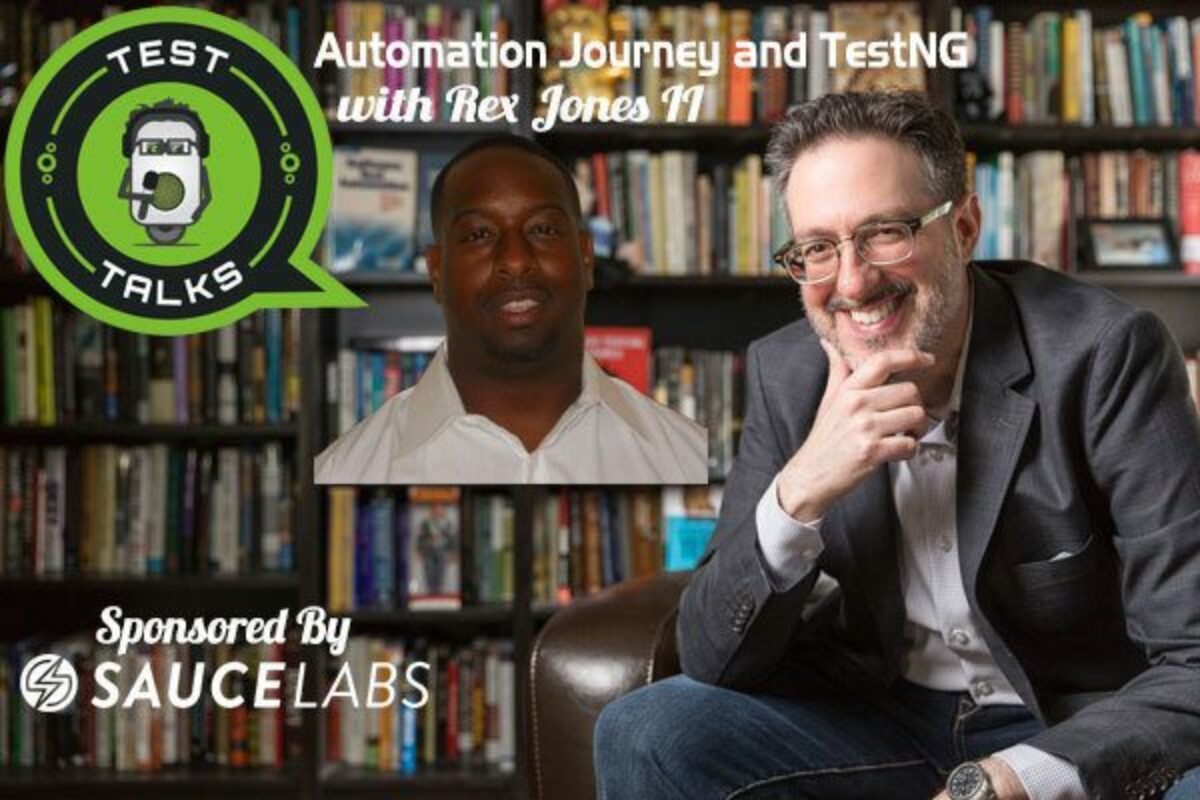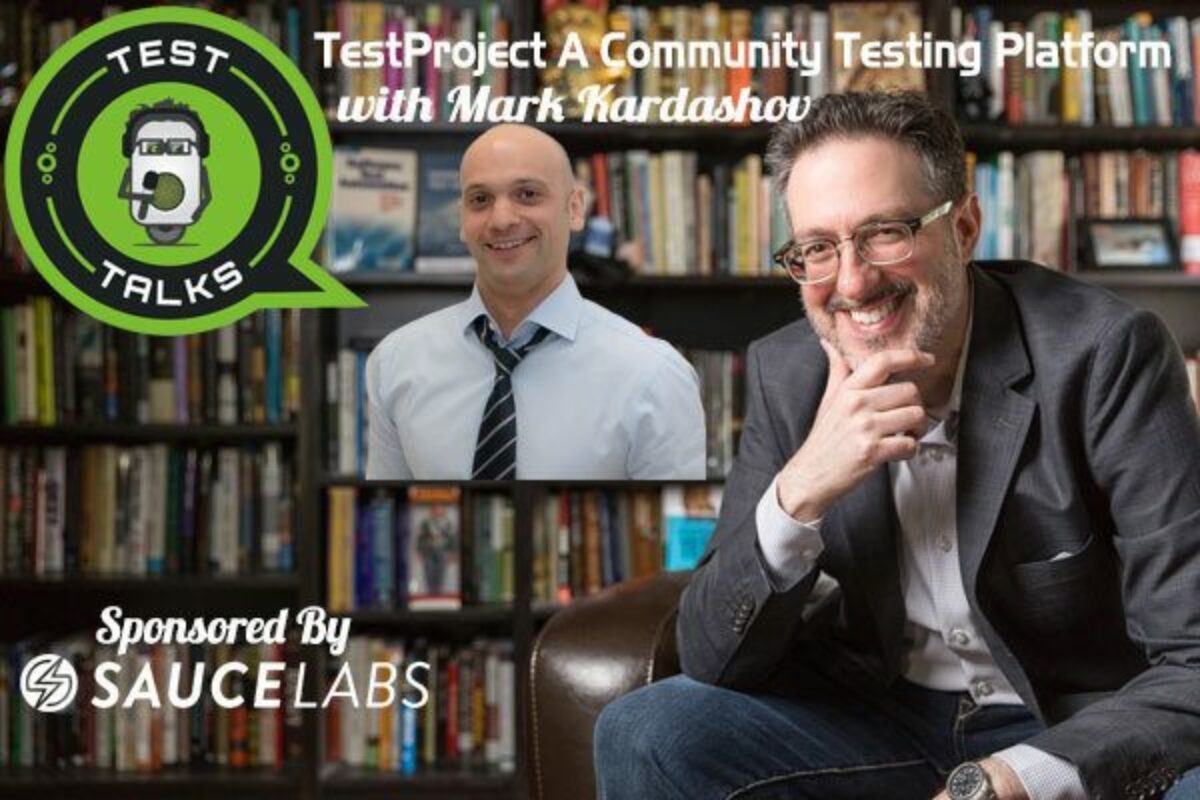Are you struggling with managing you BDD efforts? Wishing you had a central location for your BDD where everyone can contribute to creating a common, domain-specific language as well as help refactor changes across multiple teams spread out across the globe? If so, Hiptest might be the tool for you. Hiptest is an open-source, modern test management collaborative platform for Agile teams that was designed to help you deliver better software faster. On today’s show we’ll be speaking with Laurent Py, co-founder and product manager at Hiptest, all about how to create more collaborative BDD.
About Laurent Py

Laurent began working on advanced testing techniques in the 90’s during his Phd (Model Based Testing, test design, DSL…). He gained extensive experience in software testing as product owner and tester at Smartesting (2004-2014, where they developed testing products). He is now focusing on the development of a new cloud platform for Acceptance Test Driven Development at Hiptest.
Laurent has also spoken at several conferences, both academic and professional. The most recent talks he gave were on testing in projects that have continuous deployment: IBM Innovate (Orlando, 2013), JFTL (Paris, 2014), STeP-IN Summit (Bangalore, 2014), STAREAST (Orlando, 2014).
Quotes & Insights from this Test Talk
- HipTest is a new breed of test management tool and BDD Framework. Basically as you know if you're driven development as a great momentum, is getting traction. Abilities that many teams have different needs, move people needs in fact. Some of them are doing manual testing, exploratory testing. Also, test automation.People are struggling with Cucumber testing Excel, trying to manage all these use cases. That's the reason why we come up with HipTest and the idea to have a single platform. A simple platform in the cloud that support real time collaboration between product owner, testers, developers. Enable them to capture the discussions around theories to create BDD scripts. Using the Gherkin Syntax Given-When-Then, or write manual traditional scripts. Then you test will also enable them to manage the life cycle, the execution life cycle, so manual execution or automated execution. It keeps kind of one.
- Typically when you reuse an existing step using the auto complete feature, you will see that this step is being used by 100 scenarios already. Then you can click and then you get to the steps, see all the scenarios that use it. Because you have a single point of maintenance, you can for example, just rename the step which is what happened in the case you mentioned just before. All the scenarios would be automatically impacted.
- So the using HipTest to be sure, you will be able to create scripts for different various test automation framework. So HipTest does not force you to use a particular framework. As I said, you can use Java you need for the Cucumber. Whatever the team is familiar with, and this is a great point because developers don't want to be forced using a particular language of framework.
- Basically you can have metrics for every test frames and community metrics by test frames. Basically for one given test frames, you can for example one that would execute the test for your Java Jasmine application. You would be able to see the breakdown by status which test is pass, which test is fail. You can see the trace when the test is fail.It works with automated execution and as I said, we do also support the manual work flow so you can basically execute the same scenario that you have previously defined HipTest. You can execute it step by step assigning to a user.
- You can see for every scenarios or every feature file what's the history of execution. You're able to identify the flaky test and maybe investigate and spend time to understand why tests are failing from time to time.
- To learn more about HipTest, I suggest you to go to HipTest.net. You can sign up and start your project in seconds. It's pretty easy, you can create a simple project sample project in BDD so let's start with the simple project. Let's start automate the first test. Integrate this first automated test and once you have this in place, that will be a great first achievement. Let's make all it work for one simple scenario and then progressively add more scenarios. That's always a great way to start.
Resources
Connect with Laurent Py
- Twitter: @py_laurent
- LinkedIn: laurentpy
- Company: HipTest
May I Ask You For a Favor?
Thanks again for listening to the show. If it has helped you in any way, shape or form, please share it using the social media buttons you see on the page.
Additionally, reviews for the podcast on iTunes are extremely helpful and greatly appreciated! They do matter in the rankings of the show and I read each and every one of them.

Test Talks is sponsored by the fantastic folks at Sauce Labs. Try it for free today!




